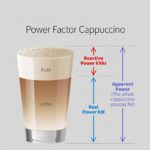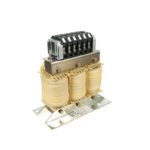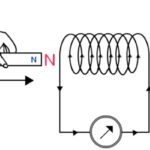DC circuits are relatively easy to analyze, due to current flowing in one direction, with resistance being the main element of the circuit. AC circuits, on the other hand, are more complex, since voltage and current alternate direction with a given frequency. Whereas DC circuits have resistance, AC circuits often have resistance and another property, known as reactance. Impedance is the combination of resistance and reactance.

Components known as resistors prevent current from flowing — in other words, they have the property of resistance. Resistors are found in both AC and DC circuits, and the energy that is prevented from flowing is expelled as heat. Mathematically, resistance is simply voltage divided by current.
![]()
R = resistance (ohms)
V = voltage (volts)
I = current (amps)
Reactance is a property that opposes a change in current and is found in both inductors and capacitors. Because it only affects changing current, reactance is specific to AC power and depends on the frequency of the current. When reactance is present, it creates a 90 degree phase shift between voltage and current, with the direction of the shift depending on whether the component is an inductor or a capacitor.
Reactance that occurs in an inductor is known as inductive reactance. When inductive reactance is present, energy is stored in the form of a changing magnetic field, and the current waveform lags the voltage waveform by 90 degrees. Inductive reactance is caused by devices in which wire is wound circularly — such as coils (including line reactors), chokes, and transformers.
![]()
XL = inductive reactance (ohms)
f = frequency (Hz)
L = inductance (henrys)
Reactance that occurs in a capacitor is known as capacitive reactance. Capacitive reactance stores energy in the form of a changing electrical field and causes current to lead voltage by 90 degrees. Capacitance is created when two conducting plates are placed parallel to one another with a small distance between them, filled with a dielectric material (insulator).
![]()
XC = capacitive reactance (ohms)
C = capacitance (farads)
Impedance is the combination of resistance and reactance (both inductive and capacitive) and is a complex number, containing both real and imaginary parts. (The real part of impedance is resistance, while the imaginary part is reactance.) Impedance has both magnitude and phase.
![]()
Z = magnitude of impedance (ohms) in a series circuit
XT = total reactance (ohms) = XL – XC

θ = phase of impedance (degrees)







Leave a Reply
You must be logged in to post a comment.